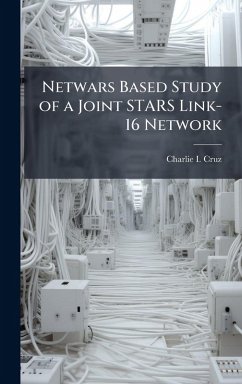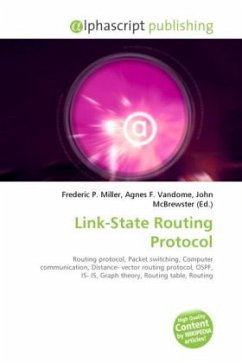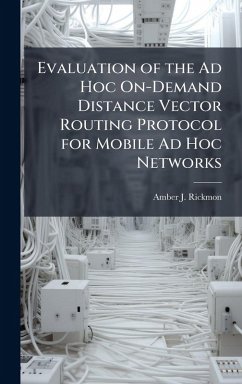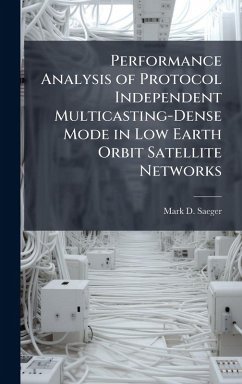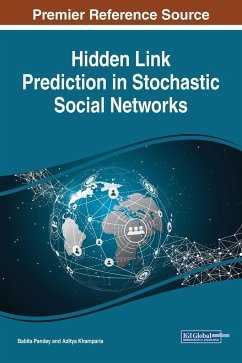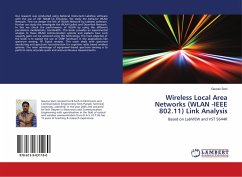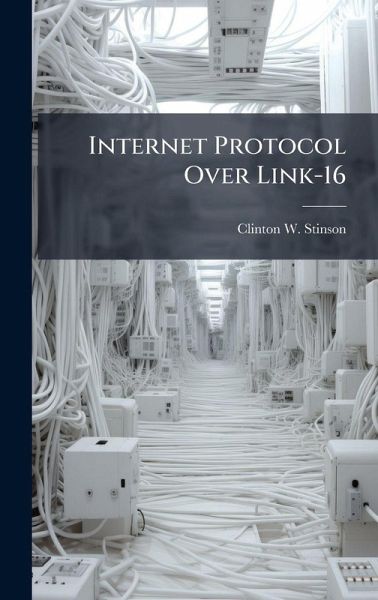
Internet Protocol Over Link-16
Versandkostenfrei!
Versandfertig in über 4 Wochen
28,99 €
inkl. MwSt.
Weitere Ausgaben:

PAYBACK Punkte
14 °P sammeln!
The purpose of Link-16 is to exchange real-time tactical data among units of the United States and allied forces. Primary Link-16 functions include exchange of friendly unit position and status data, the dissemination of tactical surveillance track data, and the control/management of air, surface, and subsurface engagements. Because Link-16 will play an integral part in the network-centric Joint Battlespace Infosphere (JBI), the performance of Internet Protocol version six (IPv6) and IP Security (IPSec) over Link-16 needs to be determined. IP packets also afford additional security measures wi...
The purpose of Link-16 is to exchange real-time tactical data among units of the United States and allied forces. Primary Link-16 functions include exchange of friendly unit position and status data, the dissemination of tactical surveillance track data, and the control/management of air, surface, and subsurface engagements. Because Link-16 will play an integral part in the network-centric Joint Battlespace Infosphere (JBI), the performance of Internet Protocol version six (IPv6) and IP Security (IPSec) over Link-16 needs to be determined. IP packets also afford additional security measures within the JBI. Using OPNET modeling software to simulate a Link-16 network, the investigation of this research revealed that the overhead from IPv6 and IPSec does not significantly affect end-to-end delay and effective throughput of the Link-16 network. As long as the encryption and authentication protocols are preprocessed, these protocols add minimal amounts of latency overhead to the Link-16 network. However, as the offered load is extended beyond the 90 % level, the overhead from the IPSec extensions begins to have more of a negative effect on the End-to-End delay and throughput. This work has been selected by scholars as being culturally important, and is part of the knowledge base of civilization as we know it. This work was reproduced from the original artifact, and remains as true to the original work as possible. Therefore, you will see the original copyright references, library stamps (as most of these works have been housed in our most important libraries around the world), and other notations in the work. This work is in the public domain in the United States of America, and possibly other nations. Within the United States, you may freely copy and distribute this work, as no entity (individual or corporate) has a copyright on the body of the work. As a reproduction of a historical artifact, this work may contain missing or blurred pages, poor pictures, errant marks, etc. Scholars believe, and we concur, that this work is important enough to be preserved, reproduced, and made generally available to the public. We appreciate your support of the preservation process, and thank you for being an important part of keeping this knowledge alive and relevant.



